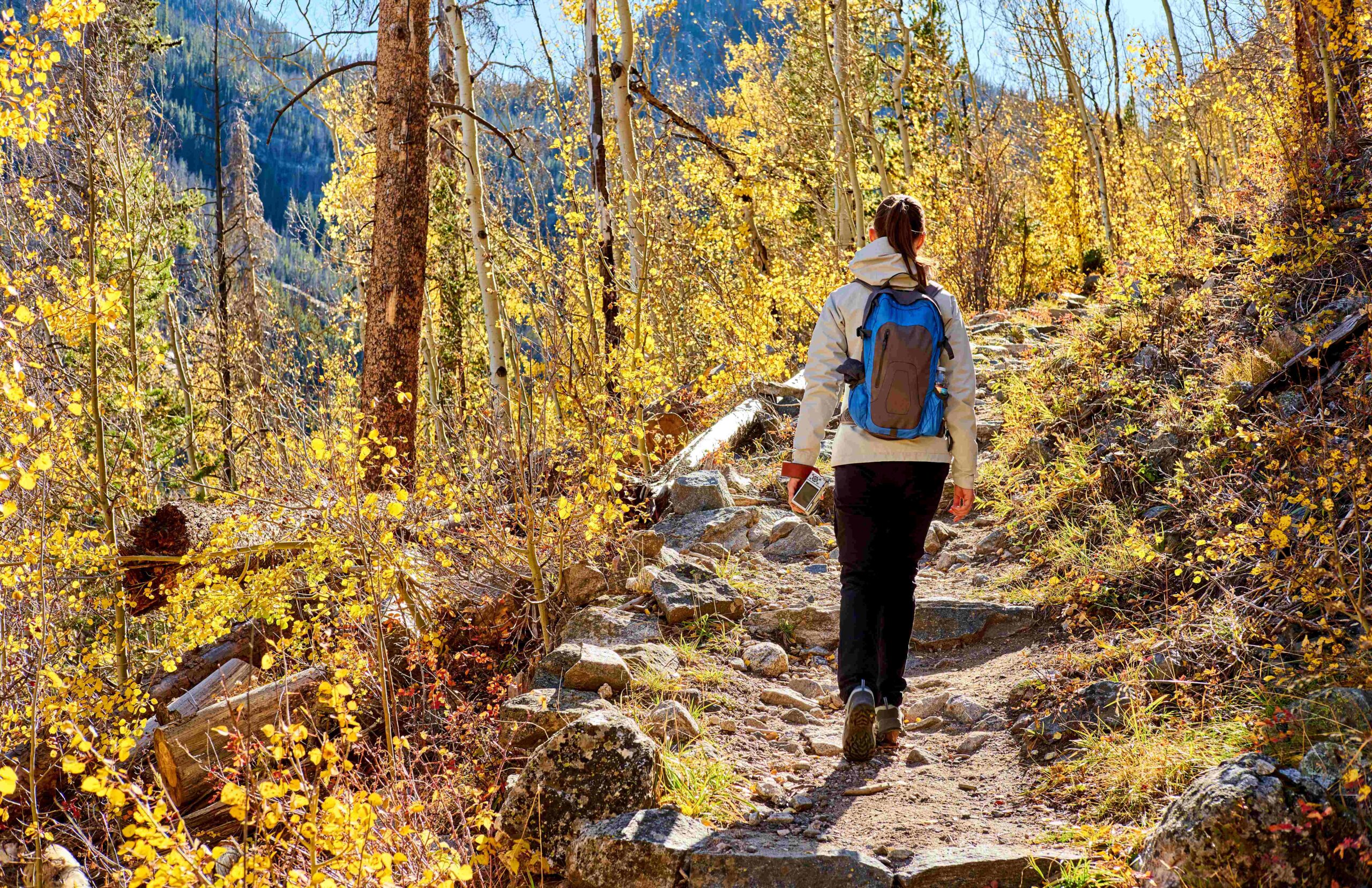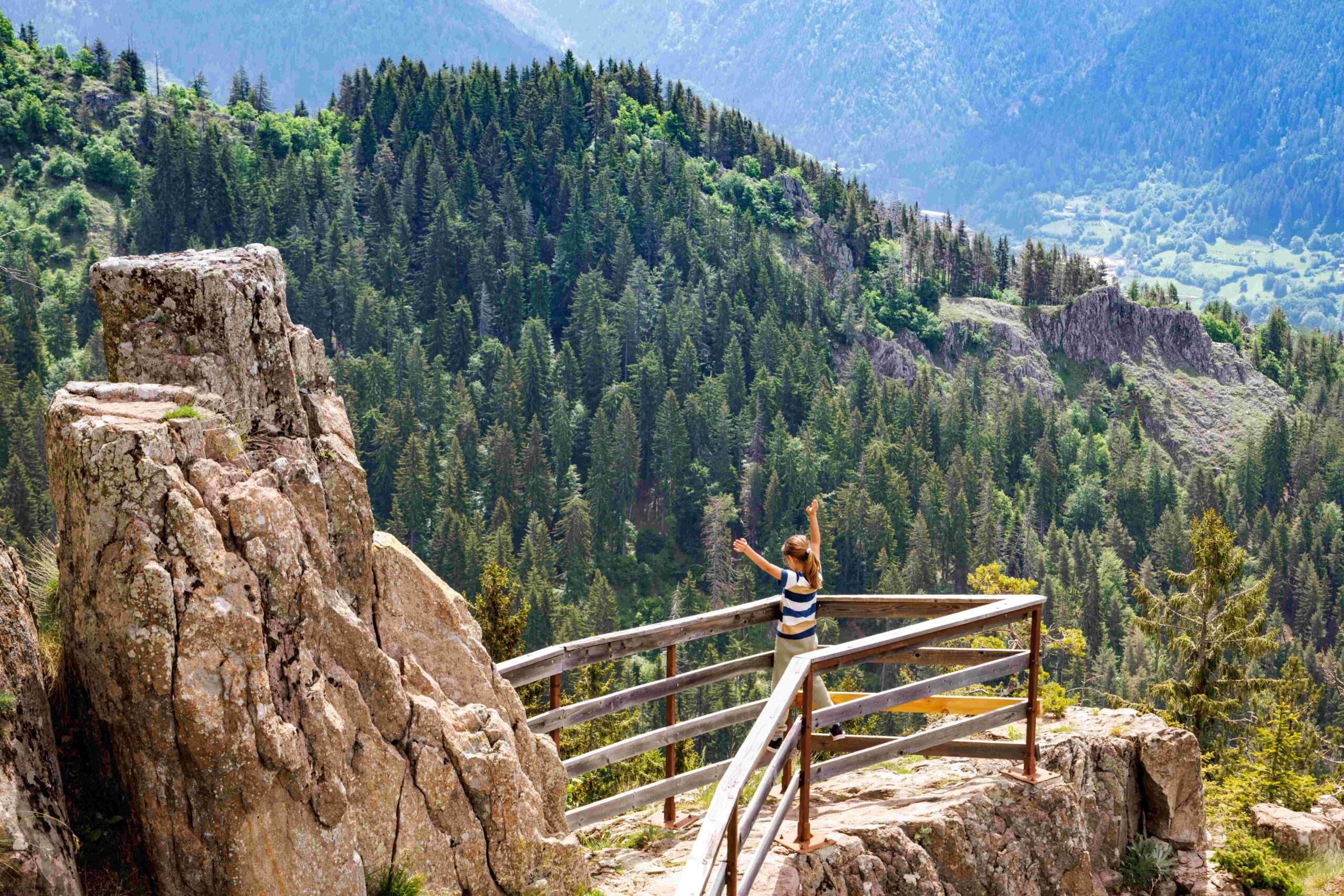It’s the kind of morning that doesn’t announce itself. A little too quiet, a little too gold. The trailhead isn’t empty, but it hums — soft movements, gear clicks, one shoe untied. Hiking in Durango, CO, never starts with noise. It starts with noticing: the slope of light on gravel, the windline in trees, a pause before the first step.
Most don’t plan hikes for their unpredictability. But here, routes aren’t just paths — they’re weathered agreements between altitude, habit, and the passing sky. And sometimes, they fail. In October, the Animas Mountain trail turns into a canvas — red oaks, gold aspens, and early-morning light that stops more boots than you’d think.
That’s part of why hikers come. Not just for elevation — but for the break in rhythm. Trails here make you slow down. Even when you thought you were chasing speed.
The Trails That Know More Than You Do
Durango’s terrain folds in ways that maps don’t warn you about. A trail that starts shaded and tame may open into bare sun-cut ridgelines by mile two. Tree roots you passed in spring? They twist differently after the monsoon season.
That unpredictability built the hiking culture here — not in opposition, but alongside. Locals don’t just track miles. They track shifts. Dust patterns. Creek depth. The presence — or not — of that one persistent hummingbird near the Hogsback climb.
Take Horse Gulch: close to town, family-friendly, and deceptively simple on paper. But by 10:30 AM in late July, the exposed basin starts to burn. And yet by 7 PM, it feels gentler than it has any right to.
Or Perins Peak: quiet until June, often overlooked — then suddenly flooded with early summer ascent groups looking for something steep, but not savage.
Hiking Durango CO: Trails by Terrain and Type
Let’s break it down.
Beginner-Friendly (Great for Families):
- Animas River Trail – Urban, paved, accessible. Ideal for strollers and evening walks.
- Horse Gulch Loop – 4–6 miles, mostly level, wildflowers in May.
- Dalla Mountain Park – Boulder-heavy forest, good shade cover, mellow grades.
Intermediate/Alpine Prep:
- Animas Mountain Trail – 6-mile loop, 1,500 ft gain, autumn favorite.
- Perins Peak – ~5.5 miles out-and-back, steeper at the summit.
- Dry Fork Trail – Connects to Colorado Trail, moderate elevation gain.
Advanced Routes:
- Engineer Mountain Trail – High alpine, ~13 miles roundtrip, summer-only.
- Colorado Trail Segments (from Junction Creek) – Long-haul options for backpackers.
Most trailheads fill by 9 AM on weekends from June to September. Locals often start earlier — or aim for shoulder seasons like mid-May or late September.
What Locals Track That Guides Don’t List
The hiking crowd here doesn’t just change with the seasons. It responds to almost imperceptible cues. A cold snap in mid-September? Expect trail traffic to drop. Dust storms near the southern mesa? Hikers reroute to higher forest cover.
In late August 2023, increased bear activity along Haflin Creek forced multiple reroutes — not listed on standard trail apps until days later.
These aren’t just tips — they’re habits. And hikers in Durango learn to build routines that flex: backup maps, extra layers, trail snacks you weren’t planning to eat, but end up needing.
And then there’s the silence — not every trail offers it. But some do. And once you find it, you look for it again.
What Happens After the Summit Isn’t Always Descent
Here’s the thing: not every Durango trail ends with a view. Some end mid-thought. At a bend that seemed promising. At a tree someone carved once, but no longer remembers why.
And even when you do summit — Perins, Animas, Engineer — you’re not done. You’ve changed elevation. Maybe the weather. Maybe at your own pace. But something small feels different. It doesn’t explain itself.
That’s part of the appeal. And the repetition? It doesn’t wear thin. Because nothing repeats the same way here.
Why These Trails Still Matter to This Place
For Durango, hiking isn’t a hobby — it’s rhythm. Trails tie the town to its ridges, its rivers, its runoff. They carry families, loners, trail runners, and people who aren’t quite sure why they’re out today but need to move.
Tourism notices, yes — especially in summer. But even in shoulder months, trail usage pulses quietly. Fall color draws photographers. Spring melt brings volunteers patching erosion. Winter lulls leave tracks in snow, and not all of them are human.
Hiking here doesn’t just move your body. It sharpens your pattern recognition. It re-teaches stillness. Or at least — the space around it.

Comments are closed